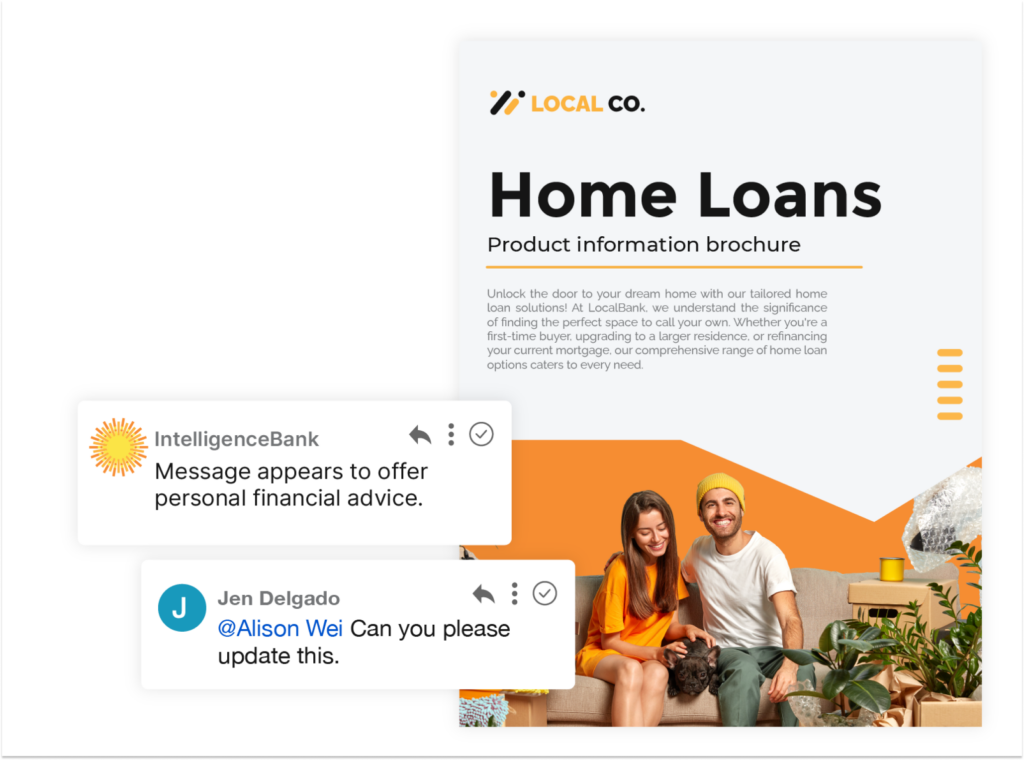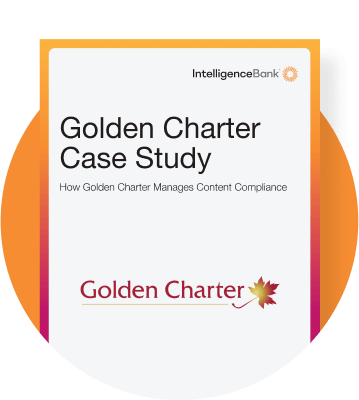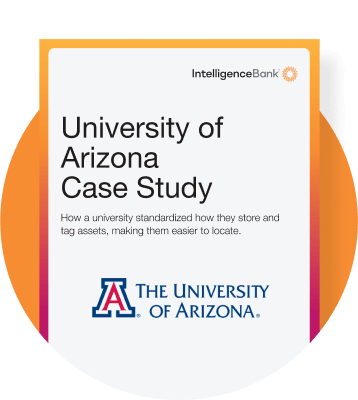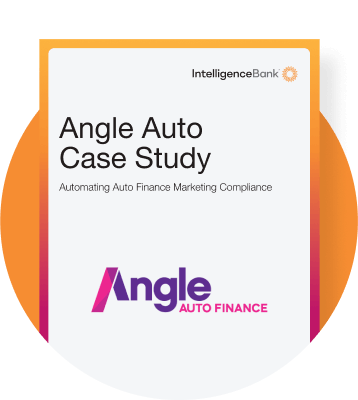Understanding the various types of marketing compliance risks is vital, as it allows your organization to proactively address potential issues before they escalate into significant legal or financial challenges. By identifying these compliance risks early, you can implement strategies and tools to mitigate them, ensuring that your marketing efforts remain compliant with industry regulations. This not only protects your brand from penalties and reputational damage but also builds trust with your audience by demonstrating a commitment to ethical and responsible marketing practices.
In an increasingly regulated landscape, staying ahead of compliance risks is essential for sustaining long-term success and fostering consumer confidence, but it’s important to establish the difference between risk management and compliance management—and where they overlap. Misunderstanding or conflating these concepts can lead to gaps in your strategy. Understanding the differences is the first step to mitigating risk.
What is the Difference Between Risk Management and Compliance Management?
Risk Management is the process of identifying, assessing, and prioritizing risks, followed by the coordinated application of resources to minimize or control the likelihood and impact of those risks. In marketing, this could involve assessing the potential fallout from a data breach or the negative impact of a misleading ad.
Compliance Management, on the other hand, is the act of ensuring that your organization adheres to all relevant laws, regulations, and guidelines. This involves monitoring and enforcing standards to ensure that marketing practices align with legal requirements, such as GDPR for data privacy or FTC guidelines for advertising.
Where They Overlap
While risk management and compliance management serve different functions, they are deeply intertwined. Compliance issues often represent significant risks that need to be managed. For example, failing to substantiate a claim or infringing a trademark can not only lead to legal penalties but also pose a risk to your brand’s reputation and customer trust.
By understanding the overlap, you can create a more robust strategy that addresses both the need to follow laws and regulations (compliance management) and the need to identify and mitigate broader business risks (risk management). Both are essential for protecting your organization from the types of marketing compliance risks that could lead to financial loss, legal trouble, and reputational damage.
What Are the Types of Marketing Compliance Risk?
Now that we’ve clarified the relationship between risk management and compliance management, let’s explore the specific types of marketing compliance risk and how you can mitigate them effectively.
Understanding the different types of marketing compliance risk is essential to protecting your organization from potential legal and financial consequences. These risks can be categorized in several ways, depending on the specific regulations and practices that apply to your industry. Let’s explore some common compliance risks and effective strategies to mitigate them.
Industry-Specific Regulations
One of the most critical areas of compliance risk involves adhering to industry-specific regulations. Bodies such as FINRA, FTC, FCA, and PRA set the standards for conduct across various sectors, regardless of the specific products or services your organization offers. Failing to comply with these regulations can lead to significant penalties and reputational damage.
Risk Mitigation Tips:
To manage this risk, stay on top of regulatory requirements and industry-specific guidelines. Ensure that your internal policies are always up-to-date, and that your employees are regularly educated on any changes. Implementing a robust compliance framework can help your organization remain compliant and avoid costly mistakes.
Privacy Breaches
Data privacy is another critical compliance risk, especially with stringent regulations like the EU’s General Data Protection Regulation (GDPR) and the California Consumer Privacy Act (CCPA). These laws require organizations to protect customer data meticulously, with severe penalties for non-compliance. For example, under the GDPR, organizations can be fined up to 4% of their total annual worldwide turnover for privacy breaches.
Risk Mitigation Tips:
To mitigate privacy risks, understand the data protection laws that apply to your organization, both in your home country and in other regions where you operate. Focus on key privacy areas such as data breaches, third-party data processing, privacy design implementation, personal data management, and employee training. Prioritizing these areas will help your organization maintain compliance and protect customer data.
Misleading Language and Claims
In marketing and advertising, the use of misleading language or making unsubstantiated claims can expose your organization to compliance risks. Such practices can harm consumers and violate regulations, such as the U.S. Federal Trade Commission’s truth-in-advertising laws. This category of risk also includes the improper use of testimonials, legally binding terms, and contractual language.
Risk Mitigation Tips:
To address this risk, integrate compliance checks into your Marketing and Legal/Compliance workflows. This approach ensures that all marketing materials are reviewed for accuracy and adherence to legal standards before they are published. Building these checks into your processes helps bridge the gap between your marketing and compliance teams, reducing the risk of inadvertent violations.
Copyright and Trademark Infringement
Using copyrighted materials or trademarks without proper authorization can lead to significant legal repercussions, including lawsuits and financial damages. This includes everything from the use of images and music to brand logos.
Risk Mitigation Tips:
Ensure that all creative assets used in marketing campaigns are properly licensed or created in-house. Regular audits of your marketing content can help identify and address potential infringements before they become legal issues.
Non-Compliance with Advertising Standards
Advertising standards vary by region, covering areas like children’s advertising, endorsements, and necessary disclosures. Failure to adhere to these standards can result in penalties, including the removal of ads or fines.
Risk Mitigation Tips:
Familiarize your team with the advertising standards relevant to your target markets. Incorporate these guidelines into your content creation and approval processes to ensure compliance across all advertising materials.
Social Media Compliance
As social media platforms continue to evolve, so do the rules governing them. Compliance risks in this area include failing to follow platform-specific guidelines, lack of transparency in sponsored content, and misleading endorsements.
Risk Mitigation Tips:
Stay updated on the rules and guidelines of the social media platforms you use. Ensure that all content, especially sponsored posts and endorsements, complies with these regulations. Automated tools can assist in monitoring compliance in real-time, preventing potential breaches before they occur.
How Can I Implement Systems to Avoid Marketing Compliance Breaches?
The best practices for any compliance program will:
- Identifying the risks themselves
- The processes established to manage those risks
Compliance risks can be diverse and difficult to identify, especially because they tend to overlap. Although compliance risk assessment is a vital first step, mitigation efforts can take a variety of forms — particularly if your organization leverages the proper processes and technology solutions.
Here’s how it can be achieved:
- Conduct Regular Audits
Regular compliance audits are essential to identify and address potential risks before they become major issues. An AI-powered marketing compliance scanner can automatically review your content, flagging potential violations in real-time. - Implement a Compliance Framework
Establishing a robust compliance framework is key. This includes setting clear guidelines, educating your team on the importance of compliance, and integrating compliance checks into your content creation process. - Leverage AI-Powered Tools
AI can analyze vast amounts of content quickly and accurately, ensuring that your marketing materials comply with relevant laws and regulations. These tools can also be updated to reflect changes in regulations, keeping your compliance efforts current. - Stay Informed on Regulatory Changes
Laws and regulations governing marketing are constantly evolving. Keeping up-to-date with these changes is vital. Subscribe to industry newsletters, attend webinars, and consider partnering with legal experts to ensure your compliance strategies are always current. - Establish a Response Plan
Even with the best precautions, compliance issues can arise. Having a response plan in place ensures that your team can quickly and effectively manage any issues, minimizing potential damage.

What are the Benefits of an Automated Compliance System?
The complexity of regulatory compliance rules combined with the volume of today’s marketing content makes manual compliance checks impractical and highly risky. AI-powered solutions offer a scalable, efficient, and accurate way to ensure compliance across all your marketing efforts. AI can automatically scan content, detect risks, and provide actionable insights, helping you stay compliant and avoid costly penalties.
Let’s expand on these benefits:
Uniformity
Automated compliance solutions guarantee that compliance rules are applied consistently across all areas of your business, ensuring that no aspect is overlooked.
Adaptability
Compliance requirements are constantly evolving. By automating the incorporation of new regulations and amendments, you can ensure that the latest rules are quickly implemented throughout your organization.
Scalability
With the rapid pace of modern content creation, the volume of material needing review continues to increase. Rather than expanding your team, automation can significantly speed up the content review process, allowing for faster turnaround times.
Operational Efficiency
By automating routine compliance checks, you free up valuable resources, enabling your team to focus on more strategic initiatives. This is particularly beneficial for minimizing the back-and-forth between marketing and legal departments.
Precision
Automated tools are essential in reducing human error, especially when navigating the complexities of regulatory compliance.
Immediate Feedback
Instead of identifying errors late in the creative process—or worse, after content has gone live—real-time automated compliance scanning allows you to catch potential issues early on, at the start of content creation.
Shifting from manual to automated compliance systems is not only helping businesses stay ahead of regulatory changes, but it’s also assisting regulators in monitoring for violations. Government bodies are increasingly adopting AI technologies to scan live content, significantly enhancing their capacity to enforce penalties and corrective actions.
In the UK, the Advertising Standards Authority has introduced a program known as the ‘AI Assist Collective’ to automate compliance monitoring. In its first year, this initiative reviewed nearly 3 million live advertisements, helping to protect consumers from misleading or harmful content. Similarly, in the US, nearly all federal agencies are bringing in AI specialists to bolster regulatory enforcement. The Department of Justice’s Attorney General has also announced plans to enhance their technological capabilities, setting the expectation that companies should do the same.

Managing Risk and Compliance with IntelligenceBank
Intelligencebank addresses a full range of challenges facing those in highly regulated industries. Organizations can choose between a customized content scanning system set to your particular interpretation and appetite for risk, or simply make tweaks to our suite of pre-prepared industry specific products.
Marketing compliance risks are varied and complex, but with the right strategies and tools in place, they can be effectively managed. By understanding the types of marketing compliance risk, differentiating between risk and compliance management, and implementing AI-powered solutions, your organization can mitigate these risks, protect its reputation, and maintain consumer trust.
Incorporating these practices into your marketing operations not only ensures compliance but also gives your brand a competitive edge in a regulatory landscape that is becoming increasingly stringent. If you’d like to find more information about types of marketing compliance and AI solutions, please contact us.




